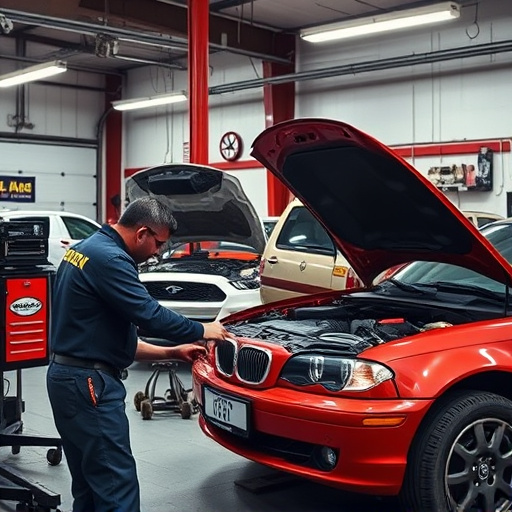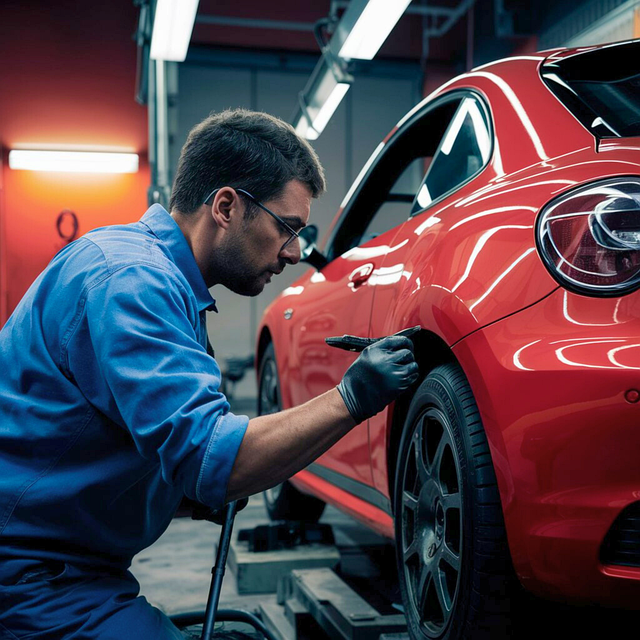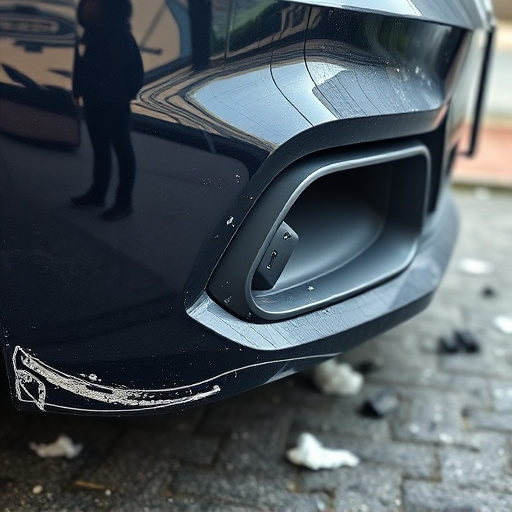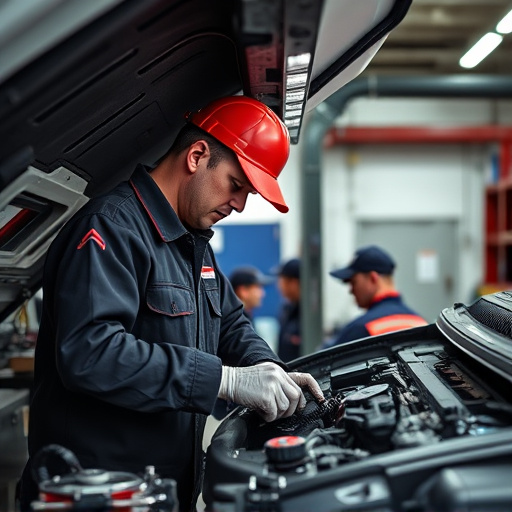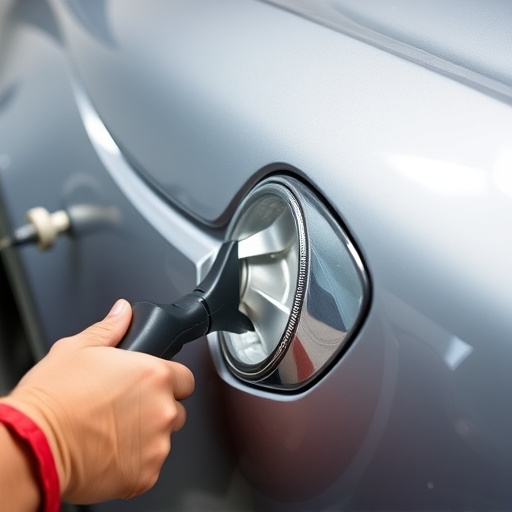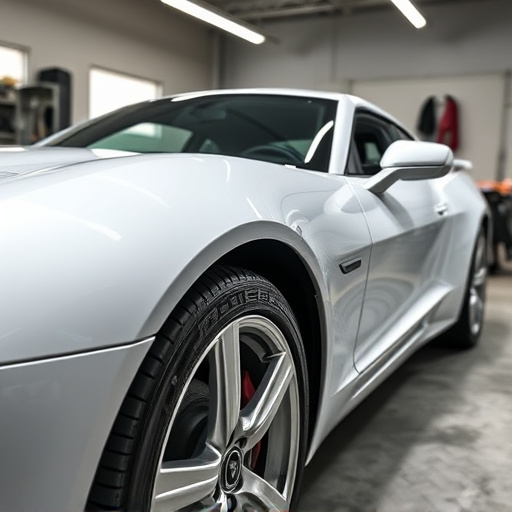Precision frame alignment is vital for vehicle maintenance, addressing misalignments that impact suspension, handling, and safety. Regular checks by specialized shops prevent issues like uneven tire wear, steering problems, and potential hazards, enhancing control, efficiency, and vehicle longevity. Essential post-repair and preventive measure, especially for luxury vehicles, to avoid costly repairs and ensure optimal driving experience.
Precision frame alignment is a critical aspect of vehicle suspension system health. Proper alignment ensures optimal tire wear, enhanced handling, and safe driving dynamics. When the frame’s components are misaligned, it can lead to uneven tire wear, poor steering response, and reduced vehicle stability. This article explores the essential role of precision frame alignment in modern vehicles’ suspensions, highlighting key affected components and best practices for maintaining optimal performance.
- Understanding Precision Frame Alignment's Role in Suspension
- Key Components Affected by Precise Frame Alignment
- Best Practices for Maintaining Proper Suspension Functionality
Understanding Precision Frame Alignment's Role in Suspension
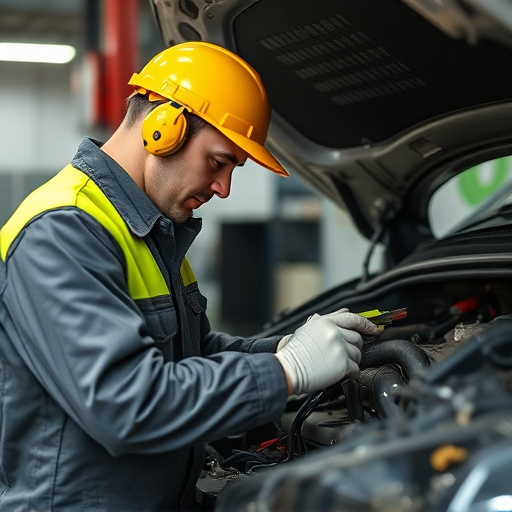
Precision frame alignment plays a pivotal role in ensuring the optimal performance and safety of a vehicle’s suspension system. It involves meticulously adjusting the position and angle of various components within the vehicle’s framework, allowing for precise tracking and stability during movement. A collision repair shop or automotive restoration facility that specializes in precision frame alignment can identify even slight misalignments that could negatively impact wheel alignment, tire wear, and overall handling.
By correctly aligning the frame, these expert shops enable vehicle owners to experience improved control while driving, enhanced fuel efficiency, and reduced risk of costly damage. For example, incorrect suspension geometry caused by a lack of precision frame alignment can lead to uneven tire wear, poor steering response, and increased chances of encountering safety hazards on the road. Therefore, regular visits to a reliable vehicle body shop for precision frame alignment are crucial investments in maintaining a safe and enjoyable driving experience.
Key Components Affected by Precise Frame Alignment
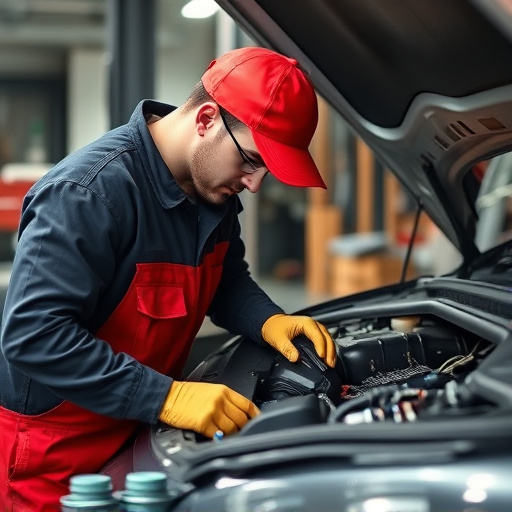
When it comes to ensuring proper suspension functionality, precision frame alignment plays a pivotal role. The frame serves as the backbone of any vehicle, and its precise positioning is critical for maintaining optimal performance. Any misalignment can lead to issues that manifest in various components. For instance, incorrect frame alignment can negatively impact steering clarity, causing uneven tire wear and compromising handling dynamics.
Moreover, it directly affects the suspension’s ability to absorb road shocks, leading to a rough ride. In severe cases, misaligned frames can cause damage to other key parts such as ball joints, control arms, and struts during normal driving. Regular checks and adjustments of precision frame alignment are essential for vehicle safety and longevity, especially after incidents like fender repairs or extensive vehicle body repair work, where accurate realignments become crucial to restore the vehicle’s original performance characteristics.
Best Practices for Maintaining Proper Suspension Functionality
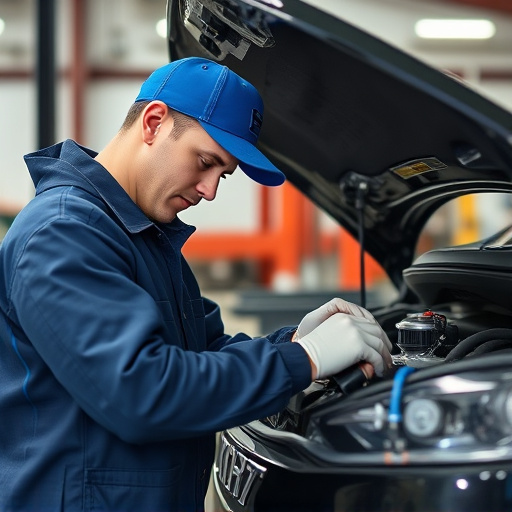
Maintaining proper suspension functionality is paramount for ensuring a smooth and safe ride. One of the best practices involves regular precision frame alignment. This process ensures that all components of your vehicle’s suspension system are properly aligned, allowing for even tire wear and optimal handling. By aligning the frame with precision, any misalignments caused by everyday driving, or more severe events like collision damage repair, can be corrected.
Regular inspections and timely repairs are crucial in this regard, especially for luxury vehicles that demand meticulous care. Fleet repair services often emphasize preventive maintenance, which includes checking suspension components and making adjustments as needed. This proactive approach not only enhances safety but also extends the lifespan of your vehicle’s suspension, thereby reducing the need for costly luxury vehicle repair procedures down the line.
Precision frame alignment is paramount in ensuring optimal suspension performance and longevity. By meticulously considering and maintaining the key components affected by this process, vehicle owners can navigate the road with enhanced safety and comfort. Implementing best practices for precision frame alignment not only preserves suspension functionality but also contributes to overall vehicle stability and control. Embrace these strategies to unlock a smoother, safer driving experience.


